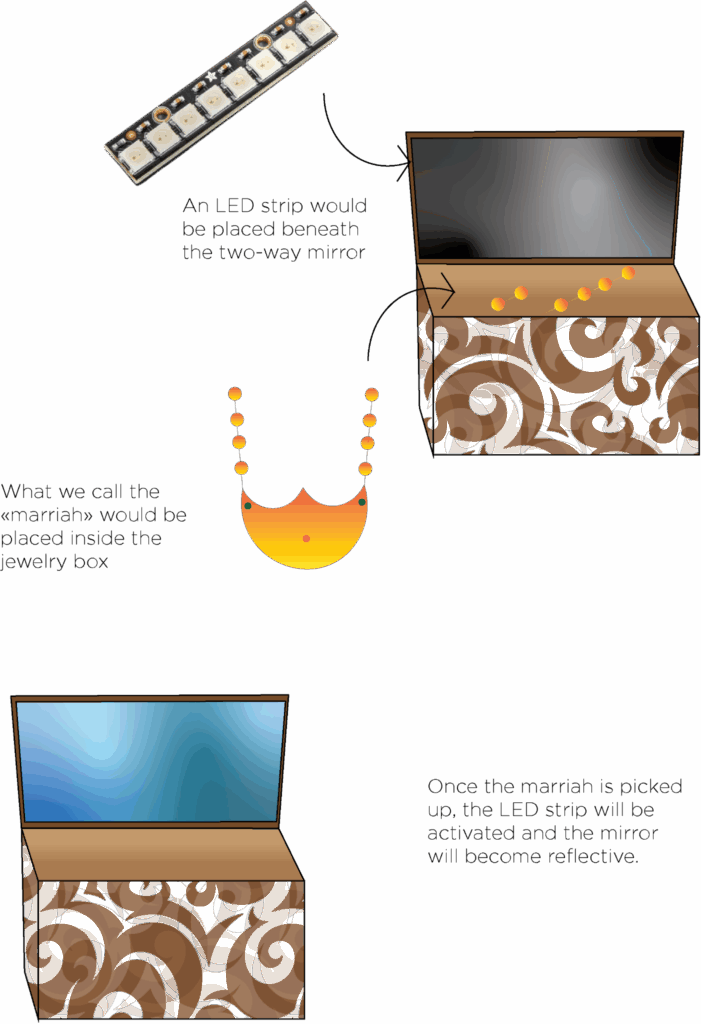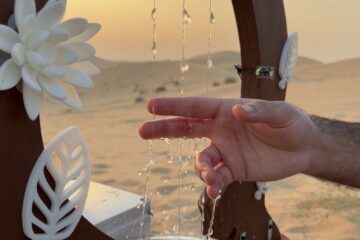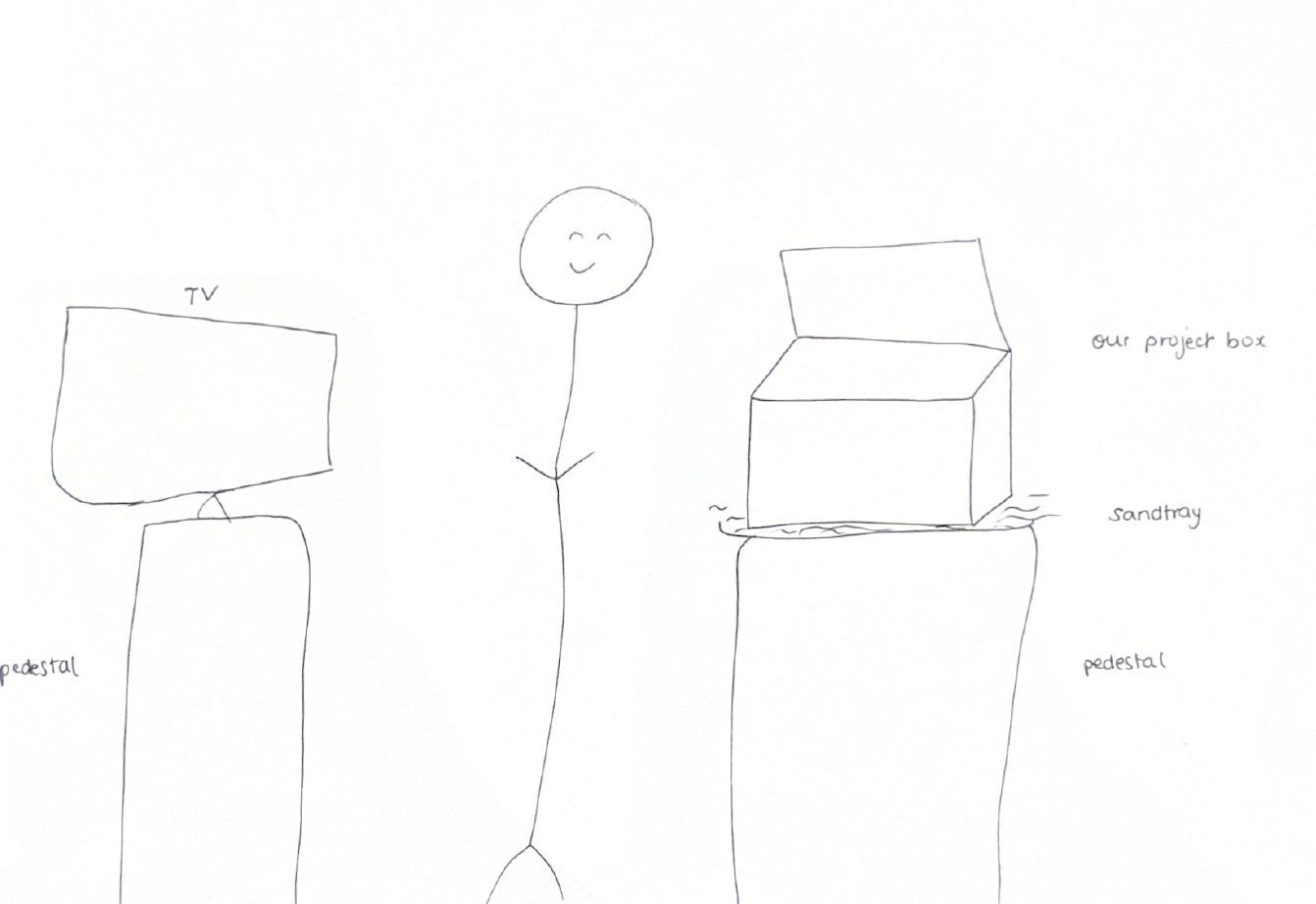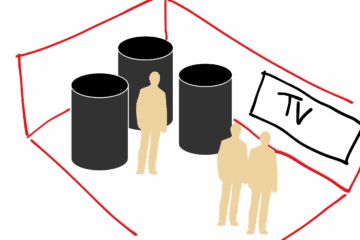Overview and Motive
A conceptual experience that unveils a glimpse of a love story from the UAE’s pre-oil era through the discovery of a long-lost item. An old jewelry box found in the desert houses a “Marriya,” once gifted to a loved one. By keeping the nature of this love story undefined, the project invites open interpretation, allowing its emotion and meaning to resonate universally.
Our primary aim in this project is to ironically challenge the predominantly Western portrayal of Arabs, particularly the Orientalist tradition that frames Arab people and culture as exotic, sensual, or mystical. In Edward Said’s Orientalism (1978), he defines Orientalism as a system of thought that enables the West to exercise cultural and intellectual dominance over the “East,” a term historically used to encompass vast regions of Asia, including the Middle East.
Having said that, Orientalist studies have profoundly influenced how Arabs and their material culture are represented across art and media. Our focus lies in the mystification of Arabs and their objects, where cultural artifacts are stripped of context and transformed into symbols of fantasy and otherness. Within this framework, Disney’s Aladdin serves as our primary critical reference. Across its various adaptations, we analyze the objects within the “Cave of Wonders,” particularly the magical lamp, as embodiments of Orientalist imagination. The series, alongside other Western depictions, contributed to the creation of a cosmopolitan yet homogenized “Arab,” blurring distinctions among Eastern identities and merging Arabs, Iranians, Indians, and other racial groups into a single, exoticized figure.
Concept
Our project takes the form of a jewelry box that houses a “Marriya” and a magical mirror embedded in the box enclosure. It is intentionally designed to embody an excessively mystical and what is often defined as “Oriental” aesthetic, visually striking and deliberately overstated in both its physical and interactive design. Through the use of sound and light elements that evoke a sense of magic and wonder, the piece highlights the tension between fascination and stereotype in the portrayal of Arab material culture.
Inspiration
A surreal piece that caught our attention, which also serves as our inspiration, is Reverie by Roudha Al Mazrouei. Al Mazrouei mentions “it is a tribute to the traditional goldsmithing and jewellery, which has been adorned for centuries and is integral to the Emirati identity.” We believe that this relates to our project in a sense that we had a similar thought process of relating our culture to art. Just as she reimagined the traditional gold bracelet as an installation, we are also reimagining the “Marriya” as an interactive piece rather than just having it as a static wearable.
Proposed Work

Technical Implementation
- Pressure/weight Sensor: Placed under the necklace holder to detect if the necklace is picked up.
- Two-Way Mirror: A glass or acrylic that lets the mirror switch between reflective and glowing modes when LEDs turn on or off.
- NeoPixel LED Strip: Installed behind the mirror
- Built-in Adafruit RP2040 Accelerometer: Detects motion or orientation changes of the necklace and triggers dynamic lighting and sound, adding a mystical aspect to mirror and necklace interaction.
- The jewelry box parts will be custom-designed to house the mirror, all sensors, and the Marriya. Each part will be modeled for a precise fit (for easier installation in the desert), then fabricated using a laser cutter.
References
Al Mazrouei, R. A. (2024). Reverie. https://www.roudhahamad.com/reverie
Said, E. W. (1978). Orientalism. Pantheon Books.


